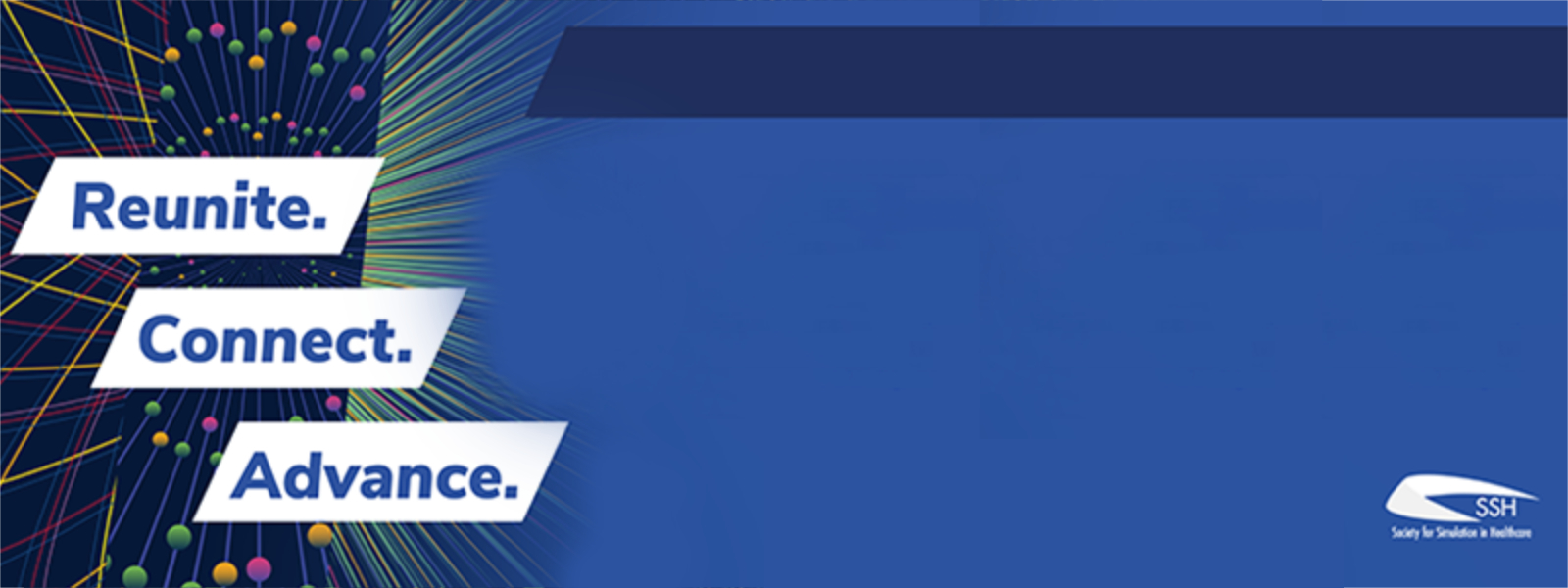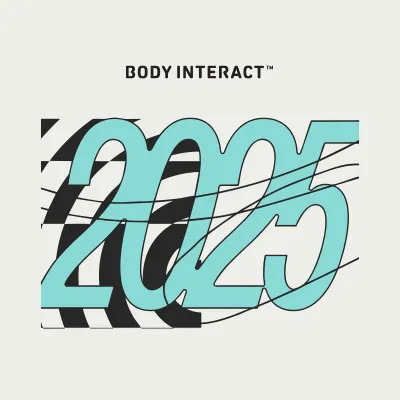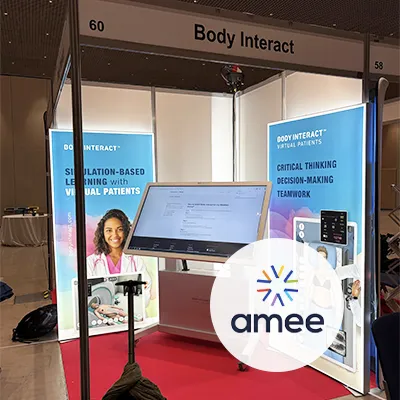A board of 4 speakers from Brazil, Mexico, Japan, and Italy presented the audience with a multicultural perspective on teaching and learning with Virtual Patients, in a session moderated and presented by Take The Wind CEO, Pedro Pinto.
Overcoming the challenges of Clinical Education with Virtual Patients was what brought together speakers and the audience. Let’s take a look at the main ideas presented by our first speaker:

Dr. Antonio Marttos
Associate Professor of Surgery
DeWitt Daughtry Department of Surgery
University of Miami Miller School of Medicine, United States of America
With a vast experience of working in Surgical Critical Care and Trauma Surgery, Dr. António Marttos expressed his concern with the challenges of training large teams, in different contexts, languages and assuring quality and standardization of that training. His experience with the Olympic and Paralympic Games in Brazil and F1 racing led him to create a course using Body Interact Virtual Patients – Critical Decisions in Trauma – aiming the standardization of Trauma teams’ readiness and preparation.
The goal of this course was to train the decision-making process under pressure in trauma’s highly demanding and stressful context.
From the audience, a comment was made saying that “Trauma is very much hands-on arise”. So, why use Virtual Patients? What outcomes came out of this approach?
Dr. Marttos mentioned that if a physician isn’t able to understand what is happening to the patient, he won’t be able to act as quickly as needed. Training the ability to recognize signs, collect and connect data, and understand the impact is of utter importance. Hands-on and critical reasoning training don’t compete, they complete each other.
by Daniela Abreu – Body Interact Instructional Designer









